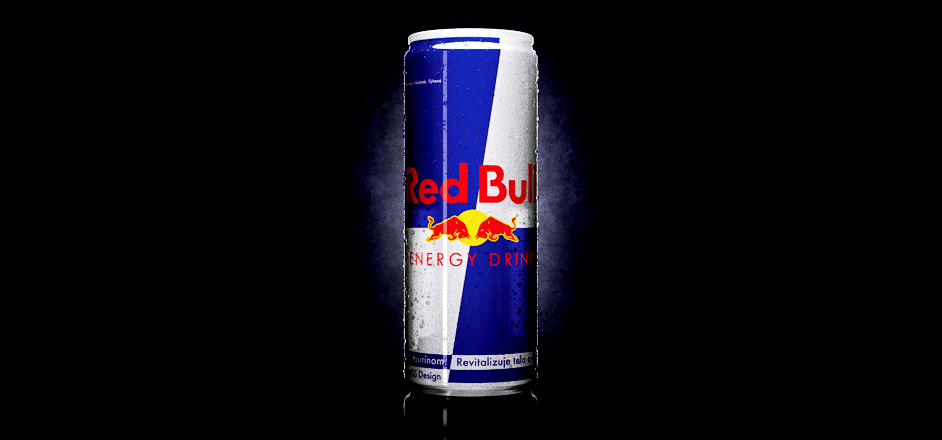It’s like liquid superpowers packaged in a fancy little can …
It’s like liquid superpowers packaged in a fancy little can.
5.9 Billion
The number of cans sold by Red Bull in 2015, easily surpassing the next best sellers in the energy drink industry, Monster, Rockstar and NOS.
1987
The year Red Bull founder Dietrich Mateschitz sold the first can of cold heart-palpitations in Austria. It wasn’t until 1997 that the energy drink hit U.S. shelves, forever changing the way we drink our vodka.
No Wings Lawsuit
In 2013, Benjamin Careathers sued Red Bull for false advertising, arguing that after 10 years of drinking Red Bull he neither had wings nor any enhanced athletic or intellectual performance. Red Bull settled the class-action lawsuit to avoid public distraction, forking out $13 million of which $6.5 million went to pay $10-$15 to anyone who purchased a Red Bull between 2002 and 2014.
Marketing 101
Red Bull spends around a third of its total annual global revenue ($7.6 billion) on marketing for over 600 professinal athletes and myriad sporting teams and events from MLS and Formula One to Paper Wings (a paper airplane competition) and the Red Bull Cliff Diving Series.
Thai Roots
Red Bull is “inspired” by the Thai energy drink Krating Daeng, originally developed for the middle class to drink along with their beer. And although the logo and ingredients are eerily similar, Red Bull claims to be a higher-end option for consumers and has yet to be sued in 29 years of business.
Banned
In 2009, Taiwan and Germany temporarily banned Red Bull after trace amounts of cocaine were found in the drink. Red Bull argued it only used decocainized coca leaves similar to other drinks at the time. The ban was eventually lifted when it was later confirmed that you would need to drink 100,000 liters of the product to get high.
80 percent
… of the energy Red Bull uses in its manufacturing process comes from renewable sources.



Leave a Reply